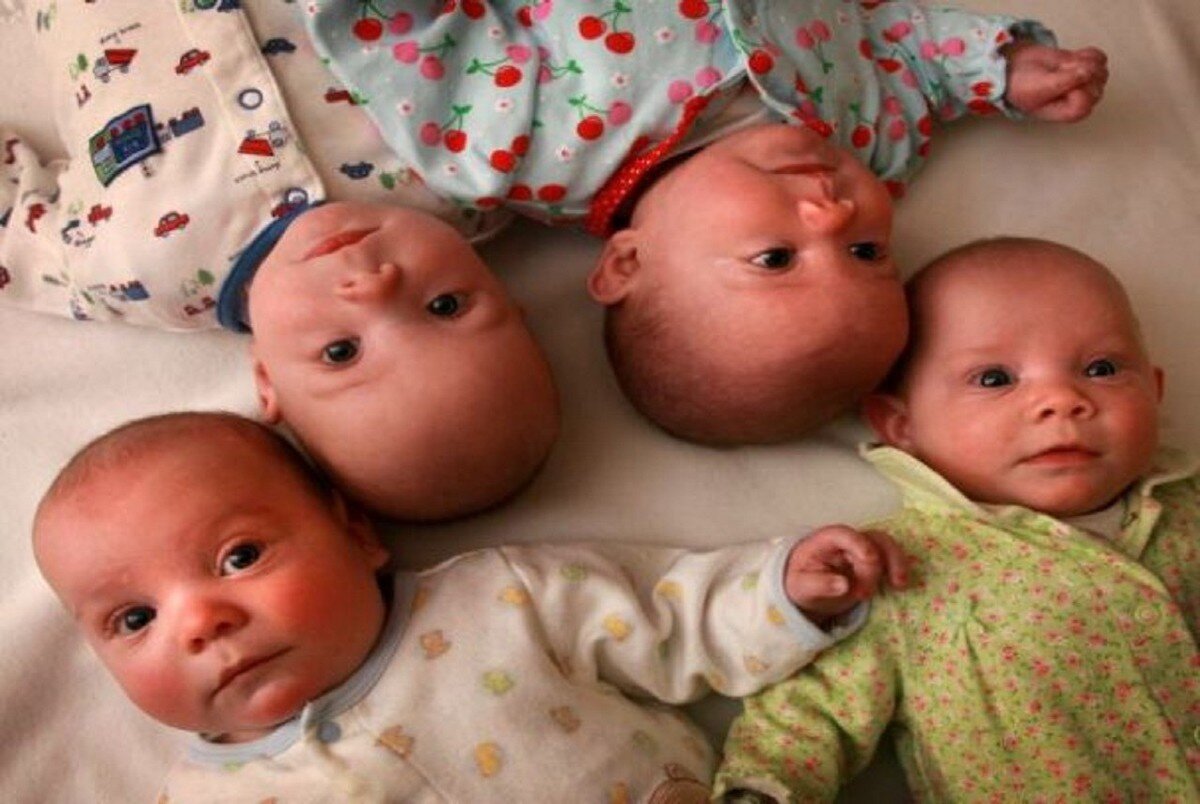Over 16,000 multiple births registered in 5 months

TEHRAN – A total of 16,601 multiple births were registered in the country in the first five months of the current Iranian calendar year that started on March 21, amounting to 4.2 percent of all registered births, the Civil Registration Organization has announced.
Out of the registered multiple births in the first five months, 7,815 were twins, 306 were triplets, 12 were quadruplets, and 1 was higher-order multiple births, ISNA reported.
Ardabil province with 5.5 percent and Sistan-Baluchestan province with 2.4 percent had the highest and lowest number of multiple births, respectively.
Also, the average age of women in Iran giving birth to their first child stood at 27.4 years in the first five months of the current Iranian year, according to a report by the National Organization for Civil Registration.
The average age of the father at the birth of his first child was 32.3 over the five-month period, the report added.
The average age of first-time mothers in urban areas was 28.2 and in rural areas was 24.3. The average age of first-time fathers in urban areas was 32.8 and in rural areas was 29.9.
In the first ten months of the past Iranian calendar year that ended in March 2024, 33,080 multiple births were registered in the country.
Twins made up the majority of multiples born; 31,320 out of 33,080 registered multiple births were twins, and 1,686 births were triplets, IRNA reported.
Tehran province with 14.7 percent and Semnan province with 0.5 percent had the highest and lowest number of multiple births, respectively.
Out of the registered multiple births in the first nine months, 28,148 were twins, 1,506 were triplets, 64 were quadruplets, and 10 were higher-order multiple births.
Some 34.6 percent of registered births were first-born children; 38.9, 17.6, 5.1, and 2 percent were related to second-born to fifth-born children.
Fertility rate should reach 2.5
In November 2023, an official with the Ministry of Health said that the total fertility rate should reach 2.5 from 1.66 before the closure of the demographic window in the next five years.
"The country is on the threshold of aging; to tackle this crisis, we must promote childbearing and youth population,” IRNA quoted Saber Jabbari as saying.
Over the last 30 years, the total fertility rate of the country has declined, but in the Iranian calendar year 1401 (March 2022–March 2023), the downward trend in fertility came to a halt, he added.
“Carrying out programs that are focusing on the youth population at the national level is a strategy to increase the total fertility rate,” Jabbari stressed.
Stating that the country’s fertility rate rose from 1.65 in the year 1400 (March 2021 – March 2022) to 1.66 in 1401 (March 2022 – March 2023), the official noted, “According to the general policies of the Seventh National Development Plan (2023 – 2027), the replacement rate is 2.5 which is to be achieved in the next five years before the closure of the demographic window.”
Talking about modern methods of infertility treatment, he said all modern methods of infertility treatment are offered in the country.
MT/MG
